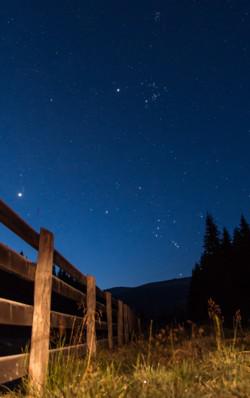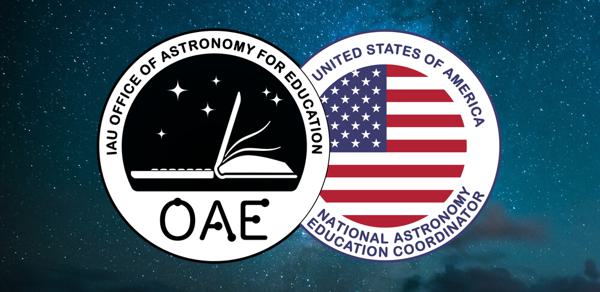Termine del Glossario Gemelli
Descrizione I Gemelli sono una delle 13 costellazioni dello Zodiaco e una delle 88 costellazioni moderne accettate dall'Unione Astronomica Internazionale, ma le origini risalgono a molto prima: era già una delle 48 costellazioni citate dall'astronomo Claudio Tolomeo nel II° secolo. La costellazione prende il nome dalle due stelle più luminose, Castore e Polluce, che nella mitologia babilonese erano due gemelli e divinità minori. I Gemelli sono visibili nell'emisfero settentrionale durante l'inverno e si trovano tra le costellazioni del Toro e del Cancro. Varie culture in tutto il mondo hanno le loro storie associate a questa costellazione e alle sue stelle. Castore e Polluce si trovano rispettivamente a circa 50 e 30 anni luce dalla Terra. Nei Gemelli si possono vedere a occhio nudo circa 80 stelle. Alcuni importanti oggetti del cielo profondo, situati all'interno della regione di questa costellazione, sono M35, NGC 2158, NGC 2392 e Abell 21.
Termini correlati
Vedi questo termine in altre lingue
status del termine e della definizione La definizione originale di questo termine in inglese é stata approvata da un ricercatore astronomo e da un docente La traduzione di questo termine e della sua definizione sono state approvate da un ricercatore astronomo e da un docente
Il Glossario Multilingue OAE é un progetto dell'Ufficio IAU per la didatticadell'astronomia (OAE) in collaborazione con l'ufficio IAU OAO per la DivulgazioneAstronomica (OAO). I termini e le definizioni sono stater scelte, scritte eriviste da un impegno collettivo da parte di OAE, i Centri e i Nodi OAE e iCoordinatori Nazionali per la Didattica dell'Astronomia e da altri volontari.Potete trovare una lista completa dei crediti, Tutti i termini del glossarioE le definizioni sono pubblicate su Creative Commons CC BY-4.0 licenza e dovrebbero essere accreditate ad IAU OAE.
Mass Media correlati
Le stelle più luminose del cielo
Crediti: Giorgia Hofer/IAU OAE
License: CC-BY-4.0 Creative Commons Attribuzione 4.0 Internazionale (CC BY 4.0) icone
Orione rumeno
Crediti: Alex Conu/IAU OAE
License: CC-BY-4.0 Creative Commons Attribuzione 4.0 Internazionale (CC BY 4.0) icone
La palla di fuoco delle Geminidi
Crediti: Jianfeng Dai/IAU OAE (CC BY 4.0)
License: CC-BY-4.0 Creative Commons Attribuzione 4.0 Internazionale (CC BY 4.0) icone











